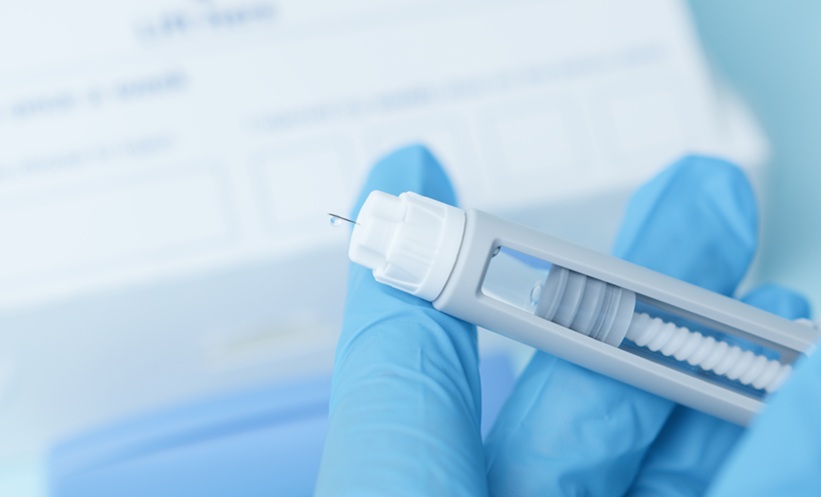A SUNSCREEN gene could help repair the effects of ultraviolet (UV) radiation exposure, according to a new study. Researchers analysed human and fruit fly melanoma cells containing the gene to investigate how the gene aids healing following sun exposure and use of tanning beds.
The UV radiation resistance-associated gene (UVRAG) is already thought to be involved in creating an increased sensitivity to sunlight in a disease called xeroderma pigmentosum, that in turn increases a patient’s risk of skin cancer. The researchers on this study wanted to find out more about the gene’s role in healthy patients and those already diagnosed with skin cancer. To this end, human melanoma cells and those of a fruit fly model, all of whom had either a reduced level of the gene or a mutated copy, were analysed alongside ones containing normal copies of the UVRAG gene.
The team delivered a shot of UV radiation to each of the cells, finding that all those in possession of a healthy UVRAG gene were able to repair >50% of the damage caused by the radiation within 24 hours. The cells which contained reduced levels or mutated versions of the UVRAG gene had only repaired ~20% of the damage in that time. Results from the cells of individuals with melanoma showed that those with reduced levels of the gene had a more progressive form of the disease, as well as a higher mortality rate than those with normal levels of the gene.
These findings demonstrate that the UVRAG gene is involved in repairing damaged cells following UV radiation, an important discovery in terms of advancing our understanding of, and possible prevention strategies for, skin cancer and melanoma. Dr Yongfei Yang, Department of Molecular Microbiology and Immunology, Keck School of Medicine, University of Southern California, Los Angeles, California, USA, commented, “The UV-resistant gene is a tumour suppressor involved in the UV-repair process of a cell’s DNA and is essential for preventing UV-induced genomic instability,” adding that it “may serve as a good target for drug development. Perhaps one day a drug could stimulate the repairing functionality of the UV-resistant gene to ensure swift and effective repair of UV-damaged skin cells.”
(Image: freeimages.com)







